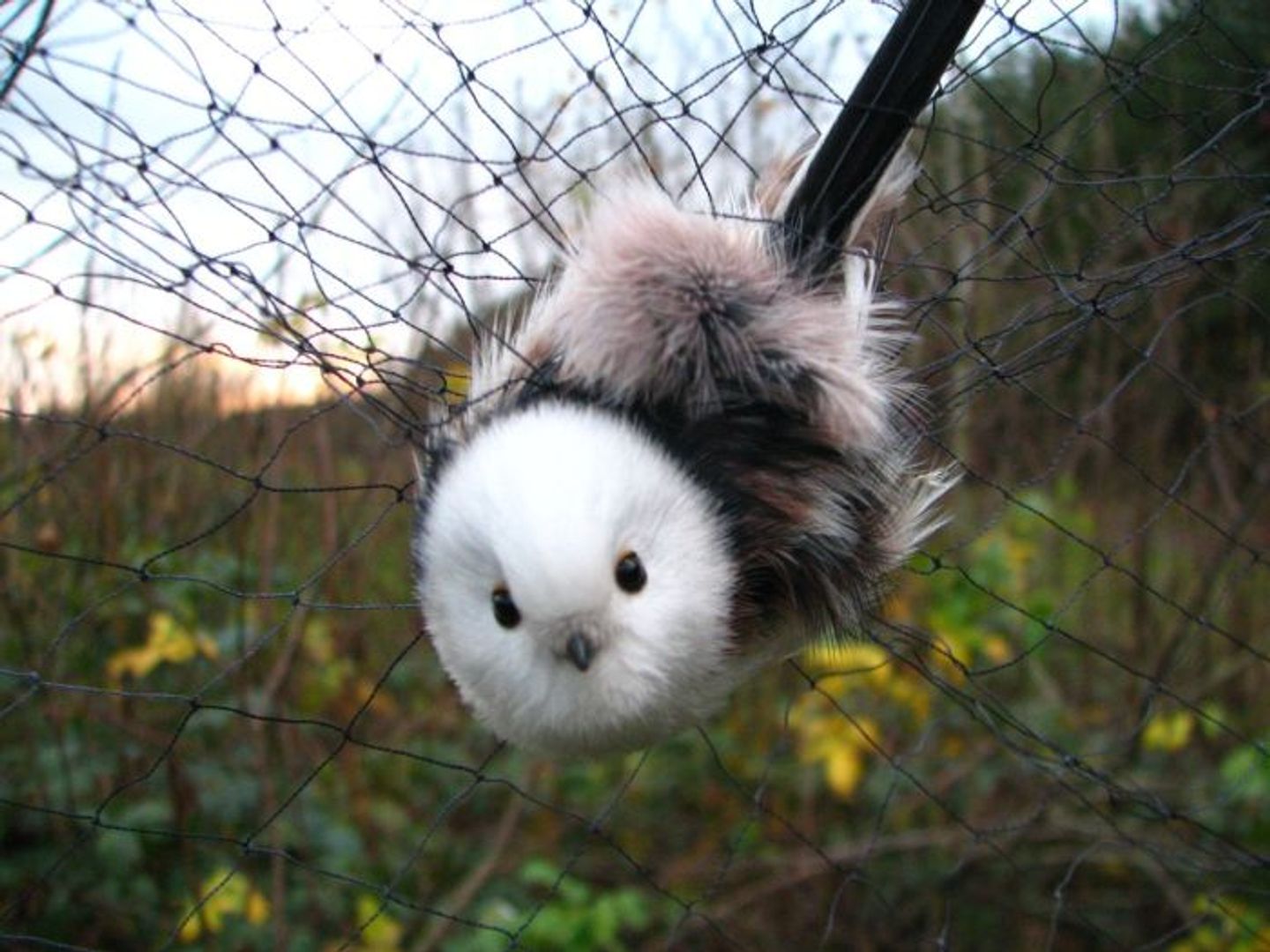Akcja Bałtycka
6.58

W skrócie
Akcja Bałtycka to program badawczy, który rozpoczął się w Polsce w 1961 roku, mający na celu badanie wędrówek ptaków, szczególnie wróblowych, na wybrzeżu Bałtyku. Jego początki wiążą się z obozami studenckiego Koła Naukowego Biologów Uniwersytetu Warszawskiego, a pierwsza inicjatywa miała miejsce jesienią 1960 roku w rejonie ujścia Wisły. Kluczową postacią w tym projekcie jest prof. dr hab. Przemysław Busse, który przez wiele lat kierował akcją. Obecnie program prowadzi Stacja Badania Wędrówek Ptaków Uniwersytetu Gdańskiego pod przewodnictwem dr. inż. Jarosława Nowakowskiego, a prof. Busse pełni zaszczytną rolę Honorowego Przewodniczącego. Terenowe prace prowadzane są wiosną i jesienią w co najmniej dwu lokalizacjach na terenowych stacjach obrączkowania ptaków (TSOP), które mają obozowy charakter. Najstarsze stacje, które funkcjonują nieprzerwanie od 1960 roku, to TSOP Bukowo-Kopań, TSOP Mierzeja Wiślana oraz TSOP Hel. W obozach rozstawiane są sieci ornitologiczne do chwytania ptaków, które są następnie obrączkowane i mierzone. Kontrole sieci odbywają się regularnie, a dziennie chwyta się od kilku do ponad 1500 ptaków, co czyni tę akcję jedną z największych tego typu w świecie. Prace w terenie opierają się na pracy wolontariuszy, którzy są kluczowym elementem projektu, a każdy interesujący się ptakami, który ma przynajmniej 18 lat, może wziąć w nich udział. Do tej pory w ramach Akcji Bałtyckiej zaobrączkowano blisko dwa miliony ptaków, a dane te są niezwykle cenne, tworząc najbogatszą bazę pomiarów kręgowców na świecie. Standardowe procedury obrączkowania obejmują 16 pomiarów i oznaczeń, co zostało zaadoptowane także w wielu innych krajach. Akcja Bałtycka przyczyniła się do przygotowania ponad 200 publikacji i raportów naukowych, a także przyniosła kilka tysięcy wiadomości powrotnych dotyczących wędrówek zaobrączkowanych ptaków. Tego rodzaju badania nie tylko wzbogacają wiedzę ekologiczną, ale również stanowią ważny element ochrony przyrody oraz edukacji kulturalnej w zakresie ornitologii.
Mapa
Miasto
Krynica Morska
Powiat (II Jednostka administracyjna)
Powiat nowodworski
Województwo (I Jednostka administracyjna)
Województwo pomorskie
Państwo
Polska
2025 Wizytor | Wszystkie prawa zastrzeżone